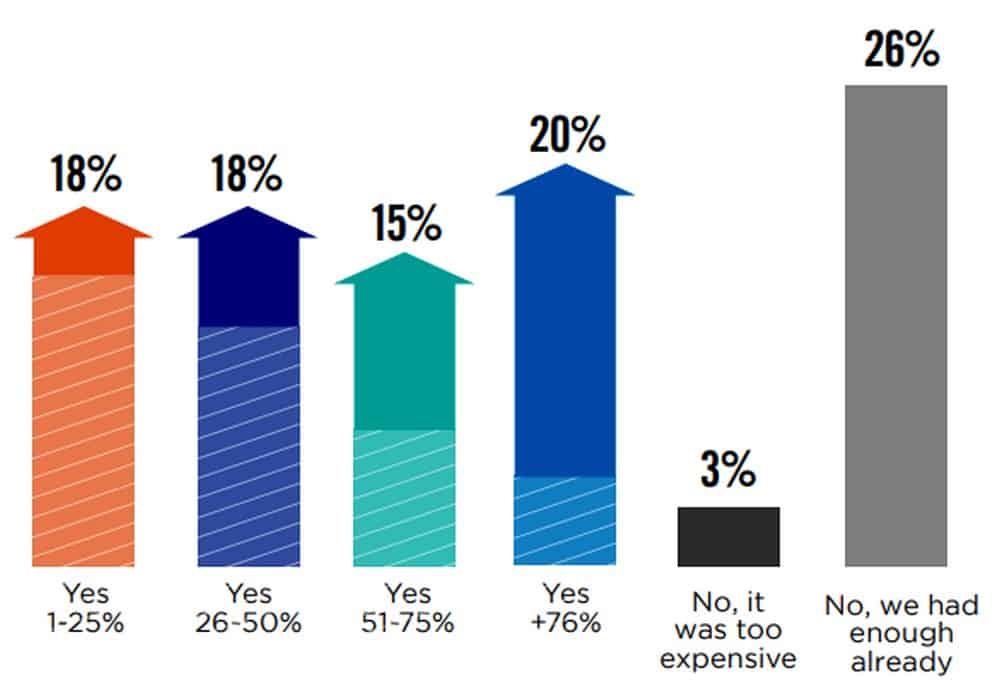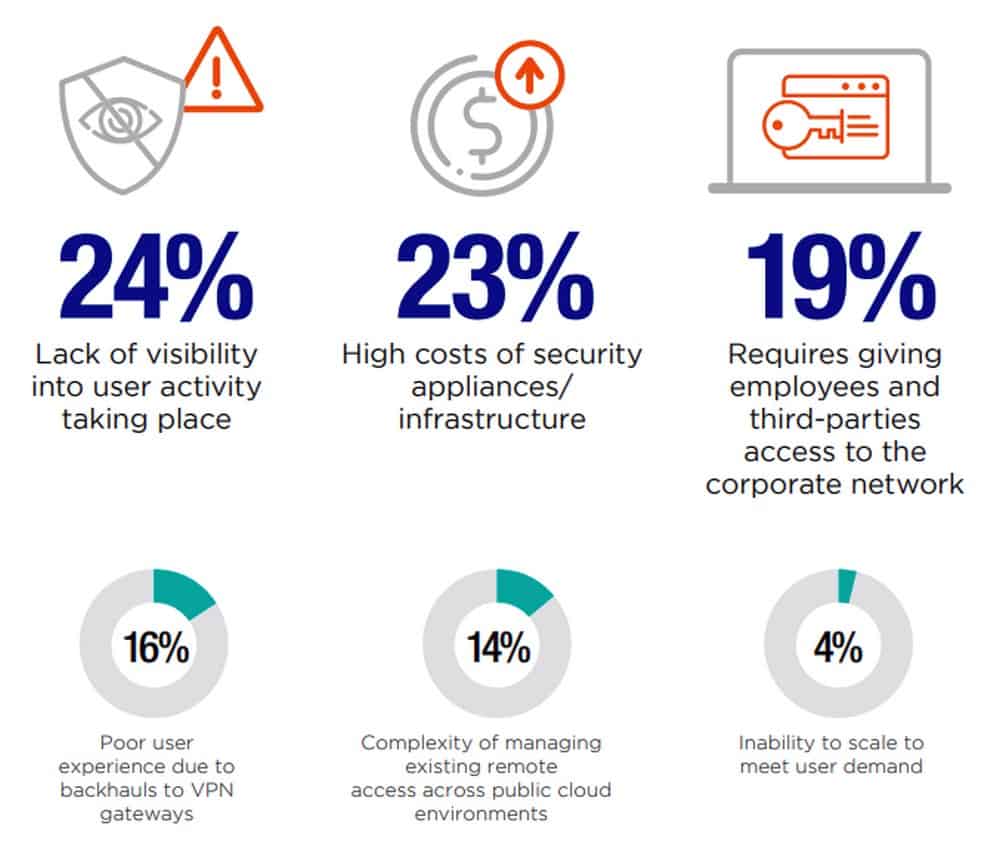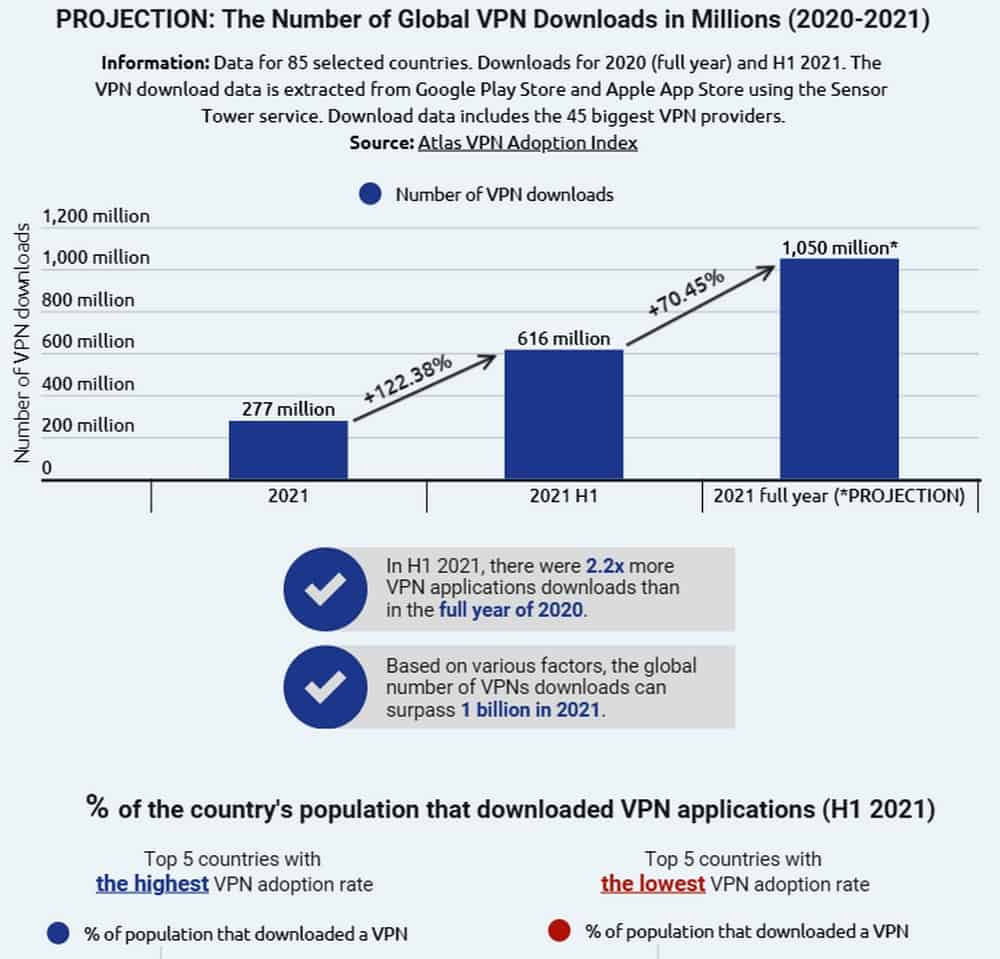Are virtual private networks (VPNs) good or bad for you? For decades, we’ve been told that connecting to the internet via a public Wi-Fi connection is not safe – that there is a chance someone is purposely scanning connected devices with the intent of either infecting the device or stealing its content for potentially nefarious purposes.
Good and bad news
Proponents of virtual private networks (VPNs) claims it is the solution to protecting against these threats. The popularity of VPNs rose during the early days of the COVID-19 pandemic in 2020 as enterprises scrambled to enable secure work-from-home for employees.

According to a Zscaler study, 2021 VPN Risk Report, 93% of surveyed cybersecurity professionals report adoption of VPNs by their organisation.
While free-to-use VPNs are available (click here for Tom’s Guide for its top picks), some security firms caution against such use.
A clear and present danger

The need to safeguard data and privacy while using the internet has contributed to the rise in the number of Virtual Private Networks downloads. The growth in VPN usage is projected to accelerate to hit new levels.
In the aforementioned Zscaler study, 94% admit they are aware VPNs are a target for cybercriminals, and that 72% are concerned that VPN may jeopardize IT’s ability to keep their environments secure.
Adoption trends
Data acquired by Finbold projects that the number of VPN downloads globally will hit 1.05 billion in 2021. The projection represents a growth of 70.45% from the 616 million downloads recorded in the first half of 2021. Downloads in the first six months of 2021 are more than double the 2020 figure of 277 million.

Elsewhere, during the first half of 2021, Middle East Countries dominated the percentage of the population using VPN. Qatar ranks in the pole position, with 44.47% of the population deploying VPN. The United Arab Emirates is second at 39.91%, followed by Singapore at 29.59%. In India, 25.27% of the population used VPNs in the first half of 2021, followed by Oman with a share of 24.79%.
Madagascar ranks lowest, with just 0.42% of the population using VPN while Japan accounts for a share of 0.85%, while South Africa has a share of 1.43%. Poland ranks as the fourth-lowest country in VPN usage at 1.7%, while Kenya has a share of 2.01%.
Pandemic inspired trends driving VPN downloads
The reports highlight the foundation for the projected VPN downloads. According to the research report:
“Amid the pandemic, the demand for VPNs surged following work-from-home trends that various companies initiated. There was an increasing demand for a secure remote working environment as employees rely on the internet from remote workplaces. The work-from-home culture meant that employees were exposed to data breaches and VPN served as the perfect solution for protection. Notably, the work from home trend has gained popularity even as normal operations resume with the rollout of the vaccine.”
The projected spike in VPN use is also expected to be driven by the recent increase in cases of malware and cyber-attacks.





